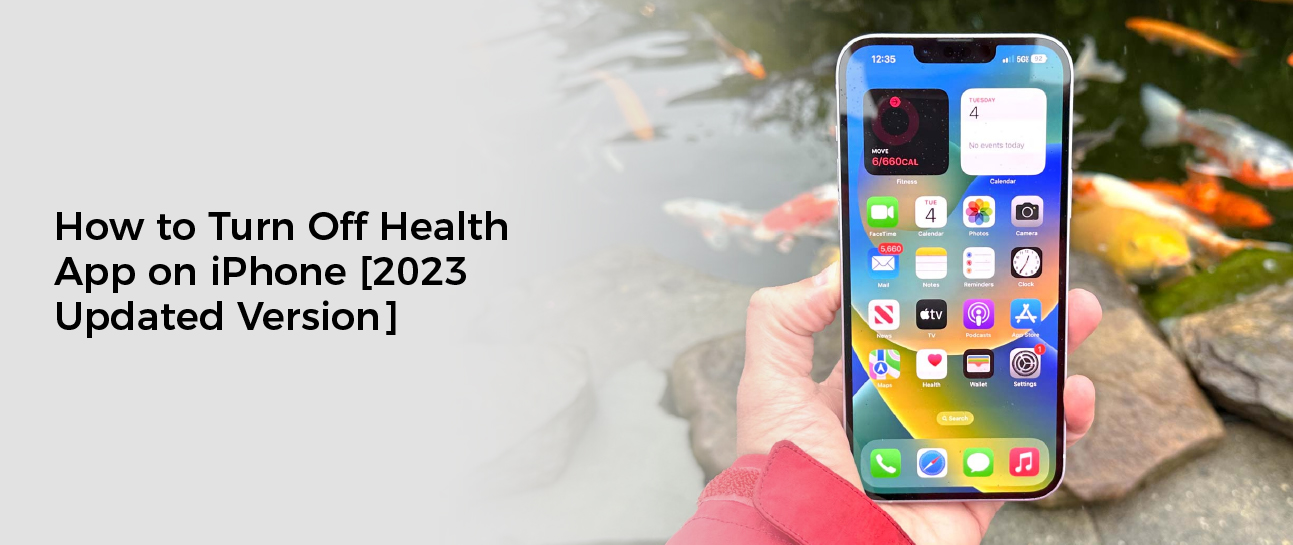If you’re worried about the iPhone tracking your steps or fitness activity, you can disable Health from counting them. This will prevent third-party apps from accessing your motion sensor data.
To do this, open the Health app, and then scroll down to the Steps section. This will show you all the data recorded by the app, including steps from connected devices and apps.
Go to Settings
Your iPhone has a number of sensors, including an accelerometer and a compass, which record your movement data like steps and distance. Most iPhone models automatically send this data to the Health app, but you can disable this functionality by going to Settings and adjusting your device’s Motion & Fitness setting.
You may also want to disable medication reminders in the Health app if you don’t need them or find them annoying. You can do this by going to Settings and tapping Privacy. You’ll then see a list of people you’ve shared Health data with.
Some of these people might be friends or family, and you may not even know they’re using the Health app! But if you have friends and family who use the Health app, it’s important to keep in mind that this data can be accessed by anyone who has access to their iOS device.
The good news is that you can manage who has access to your Health data, keep a tab on what type of data each app has accessed, and even delete specific or entire recorded data when needed for privacy or smart storage management.
In addition, you can also export your health data to an.XML file, which could be useful for sharing with your healthcare provider or for backup purposes. However, this option can take a lot of memory and may take a while to process.
Another way to manage your health data is to change your sharing permissions with other users. Changing your sharing permissions means that unauthorized users’ iOS devices will stop sharing with you and remove any historical data you’ve shared.
The easiest way to do this is to go to the Settings app on your iPhone and tap Privacy. Once there, tap the person you want to share with. From there, you can change their sharing permissions or stop sharing entirely.
Tap Privacy
If you’re concerned about how the Health app on your iPhone tracks data, you can disable it by changing its privacy settings. These settings will let you control which apps can see your personal data and which ones can’t. You can also change how you share your data with other people.
In iOS’s Privacy section, you can check which apps request permission to access your contacts, calendars photos, Bluetooth, files, camera, microphone and other device sensors. You can also revoke these permissions if you’re not comfortable with the information they have access to.
You can also turn off medication reminders in the Health app on your iPhone by adjusting its privacy settings. This is a handy feature for those who forget to take their medications or don’t find them necessary.
To enable the feature, navigate to your Settings app on your iPhone -> Profile -> iCloud -> Health. You’ll then see a toggle next to the Health app. Tap that to turn it on or off if you want to stop it from storing your data in the cloud.
Then, you can delete all of your health data at once or choose individual items to remove. You can even export your data if you’re ready to share it with other health and fitness apps or store it somewhere for a keepsake.
Another way to keep your private data secure is by securing it using iCloud Backup. This service automatically saves your data to iCloud for safekeeping, and you can also set up password protection so that only you can view the backup.
However, iCloud has a limited amount of free cloud storage. So if you’re not planning to use iCloud Backup, it may be better to turn off the health toggle so that you don’t waste a ton of space on your phone.
You can also hide Siri Suggestions on your iPhone from the Health app by turning off the toggles next to the options Suggest App, Show App in Search and Show Content in Search. This is especially helpful for privacy-conscious users who don’t want Siri to track their daily routines.
Tap Motion & Fitness
If you are using an iPhone that has a M7 or M8 chip, there’s a way to turn off the Health app’s ability to use your motion and fitness sensor data. This can help you save on battery power and improve your health.
To do this, first go to Settings -> Privacy & Security -> Motion & Fitness. You’ll see a list of apps that have requested access to your motion and fitness data, including the Health app.
Each app will have a toggle switch, which you can tap to turn off their access to your motion and fitness data. Once you do that, all of the apps on your phone will no longer have access to your movement and fitness data, including step count, distance traveled, stairs climbed, and more.
However, if you want to re-enable Fitness Tracking, simply go back to the Motion & Fitness settings tab and disable the “Fitness Tracking” toggle for each of the apps that you have on your iPhone or iPad that uses this feature. Then, you can re-enable it for all of them and you’ll have access to the data again.
One thing to note here is that turning off the Fitness Tracking feature also disables all of your other apps from getting access to your motion and fitness data, too, which could affect their functionality. That’s why it’s important to check this setting to make sure that all of your other apps can still work properly without the data being sent to the Health app.
Alternatively, you can also manually check which apps have access to your health data by going to the Health app on your iPhone and launching the Profile tab. Then, you can look at each app’s health data and delete any of it that you no longer want or need.
The Health app is a popular health tracking app that lets you track and record basic health data on your iPhone, such as your height, weight, age, and more. It also lets you share these data with a doctor, family, or friends if you choose.
Tap Turn Off
If you have a health app on your iPhone that you don’t like or is causing trouble, you can easily tap turn off the app. It’s very easy to do and will get rid of all unwanted data in no time.
First, open the Health app on your iPhone. Once it’s opened, you’ll see the main screen with a profile icon in the upper-right corner.
To the right of that, you’ll see the categories that Apple recommends you track with the Health app. You can choose a category and then tap the Show on Dashboard switch to turn it on or off.
Alternatively, you can also browse and remove the category’s data sets from the Favorites section inside the Health app. This will get rid of all the information that this category used to collect.
One of the most useful features in the Health app is the ability to favorite data sets. This allows you to keep all the things that matter to you without having to scroll through all the rest.
The app lets you do this by letting you add different data sets and then tapping the star button to mark them as your favorites. By doing this, you’ll be able to easily find the data sets you’re interested in later on.
You can also favorite multiple data sets at the same time by using the Edit feature that’s available within the app. Once you’ve added the data sets you want to favorite, you can remove all of them from the Favorites section in the Health app by swiping left on each one and then tapping the empty star icon next to it.
If you want to hide all the suggestions that Siri makes for your Health app, you can do so by going to Settings on your iPhone. Once you’re there, you can disable the toggles for options such as Suggest App, Show App in Search, Show Content in Search, and Show Suggestions from App.
You can also opt out of sharing your Health app data with family and friends by editing their permissions on your profile. This will help you control who can access the Health app data on your iPhone and what data they’ll be able to see.









